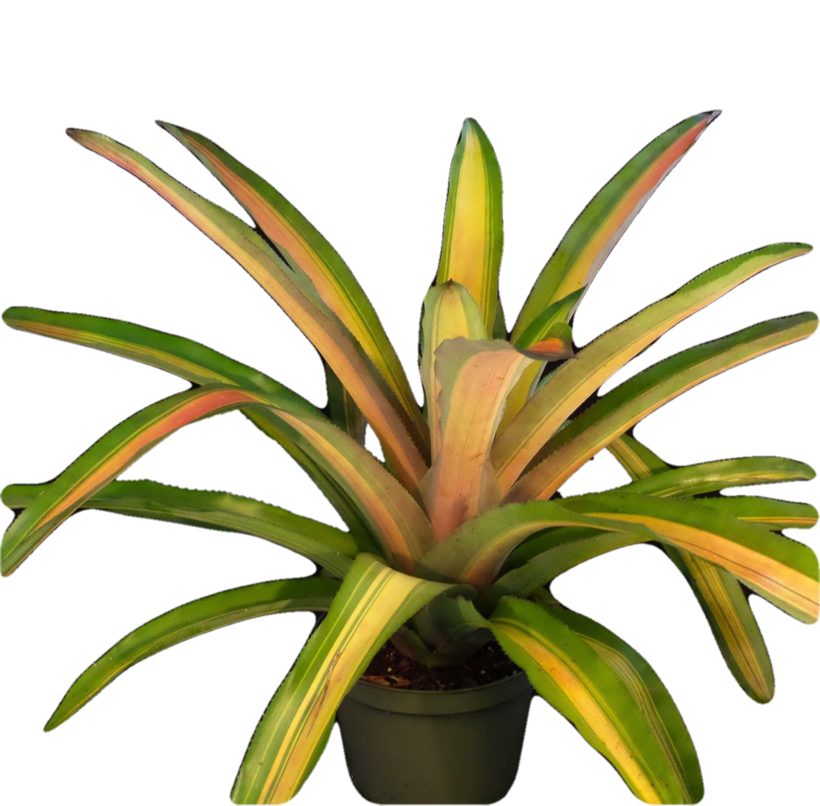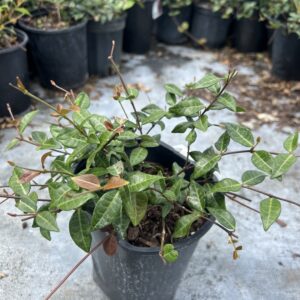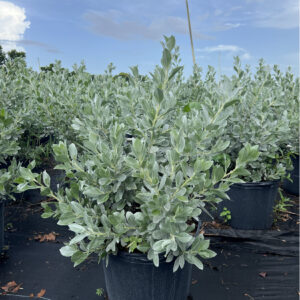Alvarez Bromeliad
The bromeliad ‘Alvarez’ is a striking tropical plant known for its deep green foliage with hints of red or purple and vibrant red or pink flower bracts. It thrives in warm, humid climates (USDA Zones 10-11) and prefers bright, indirect light. This bromeliad reaches about 12 to 24 inches in height and spread, making it an excellent choice for shaded garden areas or as a potted plant indoors. It’s low-maintenance, requiring well-draining soil, regular watering in its central cup, and occasional fertilization. After flowering, it produces pups, ensuring the plant’s continuation.
$19.01
Related products
-
All Products
Asiatic Jasmine
$11.35 This product has multiple variants. The options may be chosen on the product page -
All Products
Silver Buttonwood
$22.63 – $586.28 This product has multiple variants. The options may be chosen on the product page
The bromeliad ‘Alvarez’ is a stunning variety known for its vibrant colors and unique appearance, making it a popular choice for gardeners and indoor plant enthusiasts. Here’s a detailed look at this plant:
Color
Foliage: The leaves of the ‘Alvarez’ bromeliad are typically a deep green with hints of red or purple, depending on the light and growing conditions.
Flowers: The flower bracts are usually bright red or pink, with the actual flowers being smaller and less conspicuous, often in shades of purple, blue, or white.
Climate
Temperature: Bromeliads like ‘Alvarez’ prefer warm climates, thriving in temperatures between 65°F and 80°F (18°C – 27°C). They are not frost-tolerant and should be protected from cold temperatures below 50°F (10°C).
Humidity: This plant enjoys high humidity, typically around 50-70%, making it well-suited for tropical and subtropical climates.
Size
Mature Size: The ‘Alvarez’ bromeliad can reach a height of 12 to 24 inches (30-60 cm) and a similar spread. The size can vary depending on growing conditions.
Care
Light: Prefers bright, indirect light but can tolerate some direct sunlight, especially in the morning or late afternoon. Too much direct sunlight can scorch the leaves.
Watering: Bromeliads should be watered in the central cup or “tank” formed by the rosette of leaves. Keep this cup filled with water and refresh it regularly. The soil should be kept moist but not waterlogged.
Soil: Well-draining soil is essential. A mix of orchid bark, peat, and perlite is ideal.
Fertilization: Use a balanced, water-soluble fertilizer at half strength during the growing season (spring and summer). Avoid getting fertilizer directly into the central cup.
Hardiness Zone
USDA Zones: Bromeliads are typically hardy in USDA Zones 10-11. In cooler climates, they should be grown indoors or brought inside during cold weather.
Landscaping
Use: The ‘Alvarez’ bromeliad is excellent for adding a splash of color to shaded garden areas, under trees, or in tropical-themed gardens. It also does well as a potted plant on patios or indoors, where it can be a striking focal point.
Companion Plants: It pairs well with other tropical plants like ferns, orchids, and philodendrons.
Additional Information
Propagation: Bromeliads are often propagated by separating the offsets or “pups” that form at the base of the plant after it flowers.
Flowering: Bromeliads typically flower only once in their lifetime. After flowering, the main plant will slowly die, but new pups will grow to replace it.
The ‘Alvarez’ bromeliad is a low-maintenance plant that can add vibrant color and tropical flair to any garden or indoor space.
| Weight | 5 lbs |
|---|---|
| Dimensions | 12 × 10 × 12 in |
| Size | 8"inch |



